2 Inch PVC Socket: Comprehensive Overview
Table of Contents
- Introduction
- Specifications and Features
- Dimensions
- Material Composition
- Durability and Strength
- Applications and Uses
- Plumbing Systems
- Irrigation Systems
- HVAC and Ventilation Systems
- Installation and Maintenance
- Installation Process
- Maintenance Tips
- Advantages of PVC Sockets
- Cost Efficiency
- Corrosion Resistance
- Lightweight and Easy Handling
- Comparison with Other Materials
- PVC vs. Metal Sockets
- PVC vs. CPVC Sockets
- Safety and Compliance
- Safety Guidelines
- Regulatory Compliance
- Conclusion
1. Introduction
The 2-Inch PVC Socket is a vital component used in PVC piping systems to join two pipes or fittings together. This socket, specifically designed to accommodate pipes with an external diameter of 2 inches, ensures a secure and leak-proof connection. Made from high-quality Polyvinyl Chloride (PVC), it is valued for its durability, ease of installation, and cost-effectiveness. This component is widely used in plumbing, irrigation, and HVAC systems due to its reliability and versatility.
2. Specifications and Features
Dimensions
The 2-Inch PVC Socket features an internal diameter of 2 inches, which fits snugly over the outside diameter of a 2-inch PVC pipe. The socket’s dimensions are designed to ensure a precise and secure fit. Typically, the socket includes a depth that accommodates the length of the pipe to create a strong and leak-proof joint.
Material Composition
Constructed from high-grade PVC, the 2-Inch Socket benefits from the material’s properties, including rigidity, chemical resistance, and durability. PVC is a thermoplastic material known for its ability to withstand various environmental conditions while maintaining its structural integrity. The smooth interior surface of the socket ensures a tight fit around the pipe, while the exterior is designed to resist impact and wear.
Durability and Strength
PVC is known for its resistance to corrosion, rust, and chemical degradation. The 2-Inch PVC Socket is engineered to handle moderate pressure and environmental conditions without compromising its strength. This ensures long-term performance and reliability, making it an excellent choice for various applications where a robust connection is necessary.
3. Applications and Uses
Plumbing Systems
In plumbing systems, the 2-Inch PVC Socket is used to join two 2-inch PVC pipes or connect a pipe to a fitting. It is commonly used in both residential and commercial plumbing applications to create secure and leak-proof connections. The socket’s design ensures that the pipes are properly aligned and firmly joined, maintaining the efficiency of the plumbing system.
Irrigation Systems
In irrigation systems, the 2-Inch PVC Socket is used to connect sections of irrigation pipes or fittings. This helps in directing water flow to specific areas while preventing leaks. The socket’s resistance to water and chemicals makes it ideal for irrigation setups, where durability and reliability are essential.
HVAC and Ventilation Systems
In HVAC (Heating, Ventilation, and Air Conditioning) systems, the 2-Inch PVC Socket is employed to join ventilation ducts and pipes. This ensures proper air flow and pressure within the system. The socket’s corrosion resistance and strength make it suitable for various HVAC applications, where maintaining system integrity is crucial.
4. Installation and Maintenance
Installation Process
Installing a 2-Inch PVC Socket involves a few straightforward steps:
- Preparation: Ensure the ends of the pipes or fittings are clean and free from debris. The pipes should be cut squarely for a proper fit.
- Application of PVC Primer and Cement: Apply PVC primer to the outside of the pipe and the inside of the socket to prepare the surfaces for bonding. Follow this with a coat of PVC cement on the same areas.
- Fitting the Socket: Insert the pipe into the socket, ensuring it is pushed in as far as it will go. Hold the pipe and socket together for a few seconds to allow the cement to set.
- Drying Time: Allow the joint to dry for the recommended time before pressurizing the system or applying any additional stress.
Maintenance Tips
PVC sockets typically require minimal maintenance. Regular inspections should be performed to check for any signs of wear or damage, such as cracks or looseness. If any issues are detected, the socket should be replaced to ensure continued system integrity. Avoid exposing PVC sockets to extreme temperatures or harsh chemicals that could impact their performance.
5. Advantages of PVC Sockets
Cost Efficiency
PVC sockets are highly cost-effective compared to metal or composite alternatives. Their low cost makes them a popular choice for various projects, both small and large-scale. The initial affordability combined with their long-term durability provides significant value.
Corrosion Resistance
PVC sockets offer excellent resistance to corrosion and rust. Unlike metal options, PVC does not degrade when exposed to moisture or chemicals, ensuring long-term performance and reliability.
Lightweight and Easy Handling
PVC sockets are much lighter than metal options, making them easier to handle and install. This characteristic simplifies the installation process and reduces labor costs, particularly in extensive or complex systems.
6. Comparison with Other Materials
PVC vs. Metal Sockets
Metal sockets, such as those made from brass or steel, offer high strength but are more prone to corrosion and are generally more expensive. PVC sockets, including the 2-Inch model, provide a cost-effective, corrosion-resistant alternative with adequate strength for most applications.
PVC vs. CPVC Sockets
Chlorinated Polyvinyl Chloride (CPVC) sockets are designed for higher temperature applications. While CPVC sockets can handle higher temperatures, PVC sockets are typically more economical and suitable for standard temperature applications.
7. Safety and Compliance
Safety Guidelines
When working with PVC sockets, it is essential to use appropriate safety gear, such as gloves and safety glasses, to protect against sharp edges and potential chemical exposure during installation. Always adhere to the manufacturer’s instructions for safe handling and installation practices.
Regulatory Compliance
The 2-Inch PVC Socket complies with industry standards and regulations, including ASTM (American Society for Testing and Materials) specifications. This compliance ensures that the socket meets quality and performance standards for its intended applications.
8. Conclusion
The 2-Inch PVC Socket is a versatile and essential component for joining PVC pipes and fittings in various systems, including plumbing, irrigation, and HVAC. Its durable construction, ease of installation, and cost-effectiveness make it a reliable choice for many applications. Understanding its specifications, advantages, and maintenance requirements ensures optimal performance and longevity of the piping systems it supports.






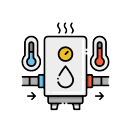





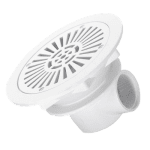






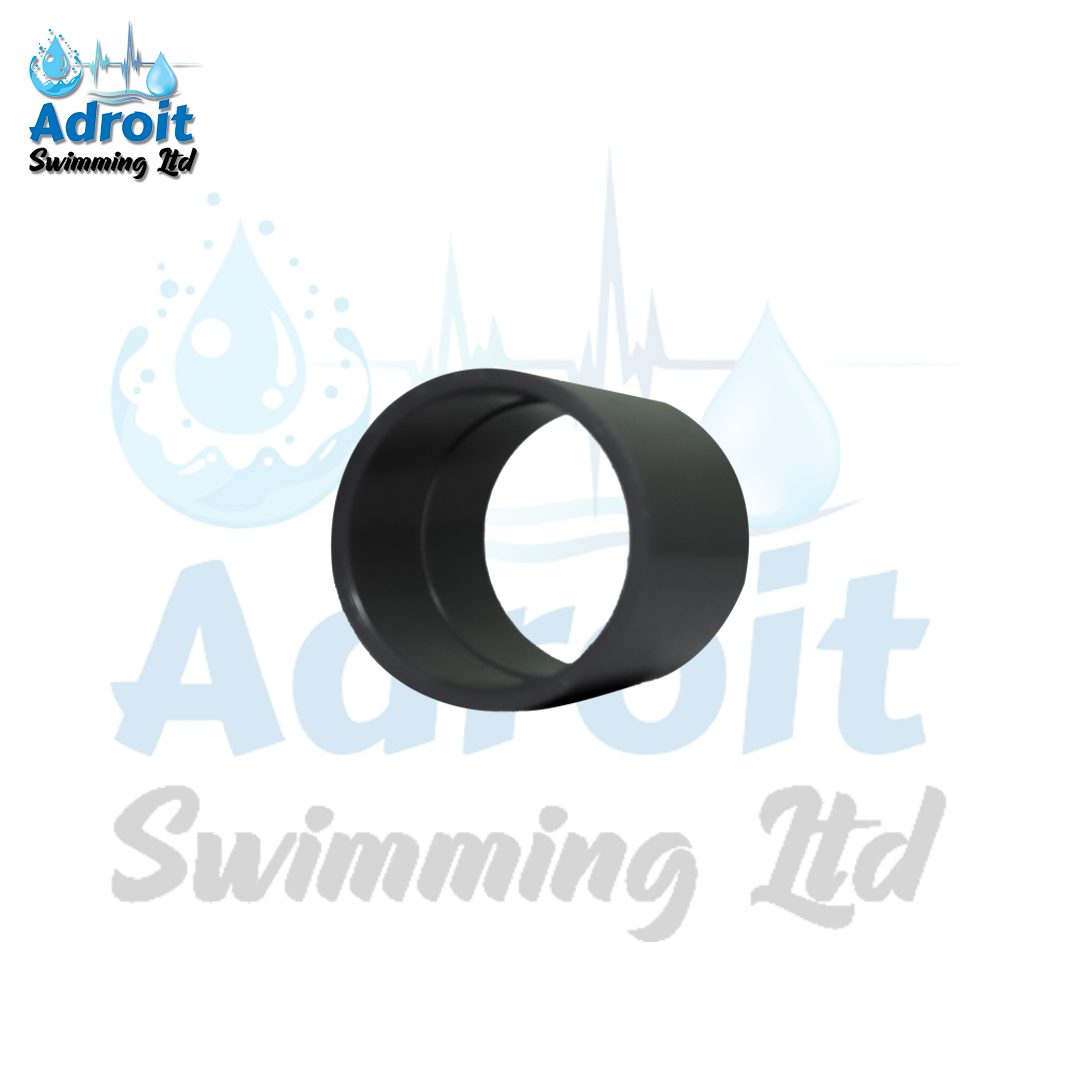

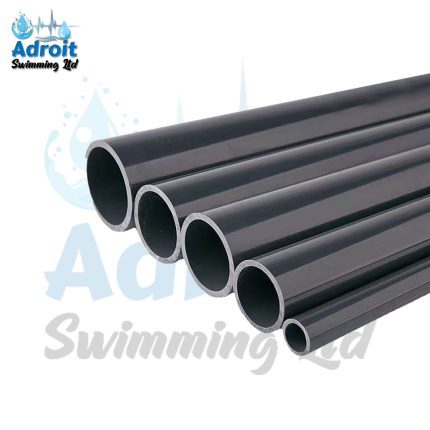
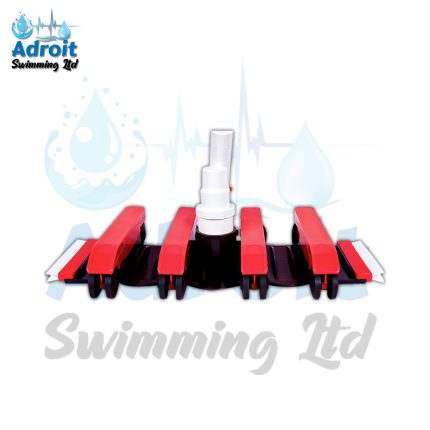



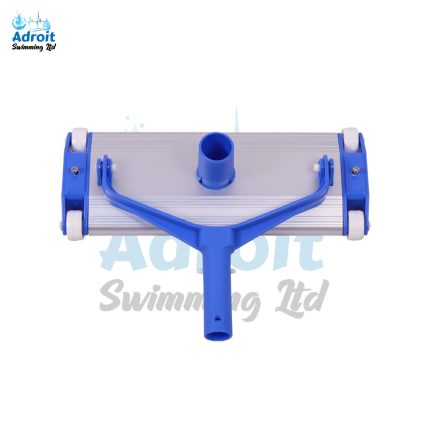

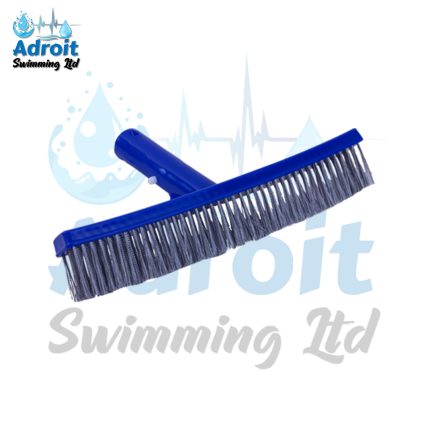

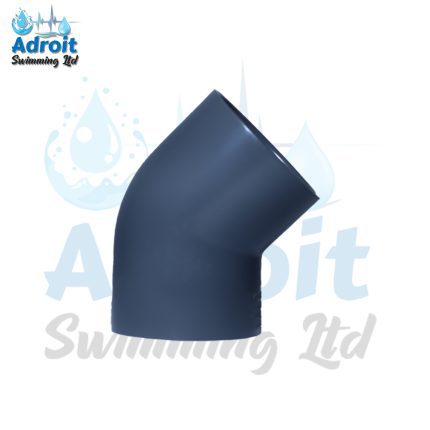

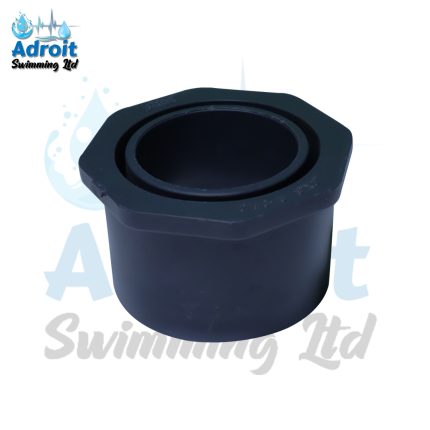
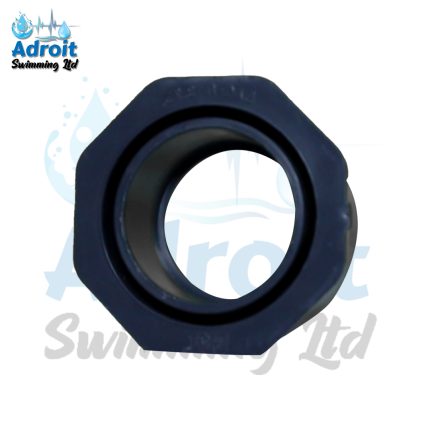

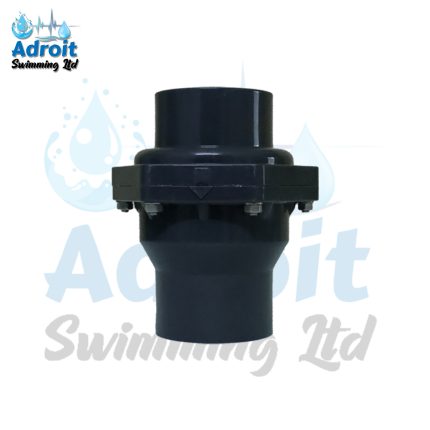


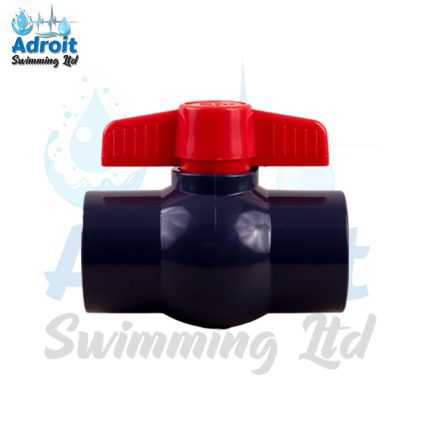



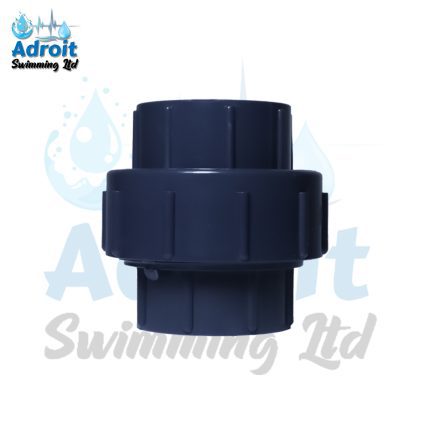


Reviews
There are no reviews yet.